
Author: Grumpy
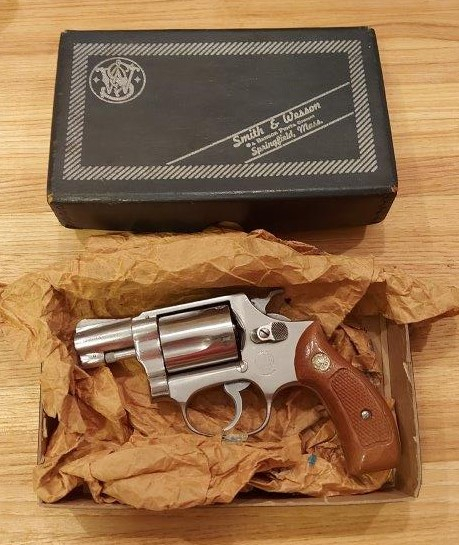
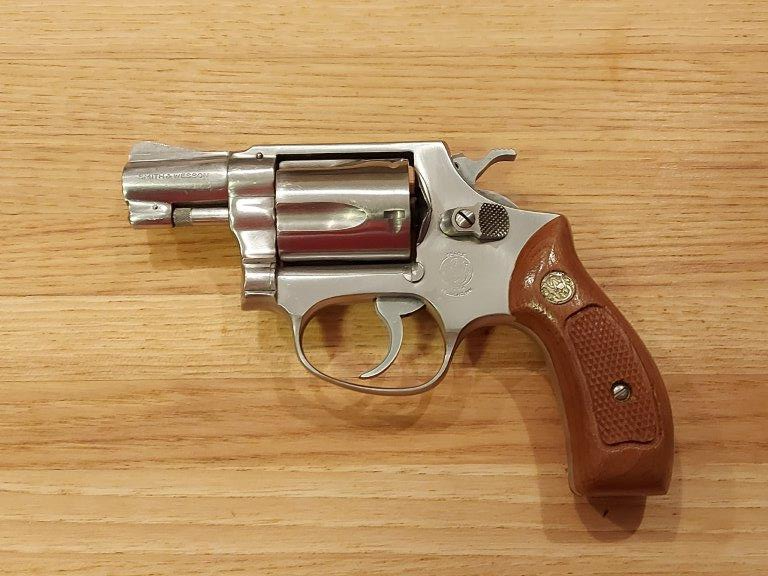
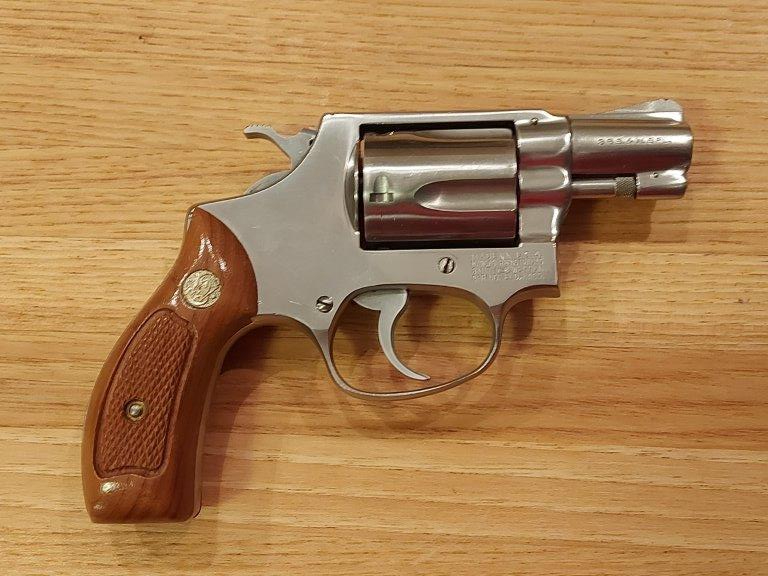
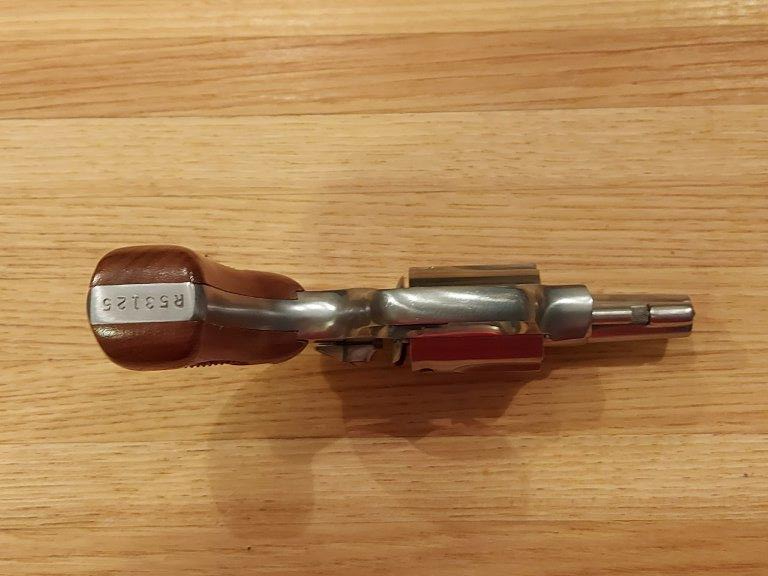
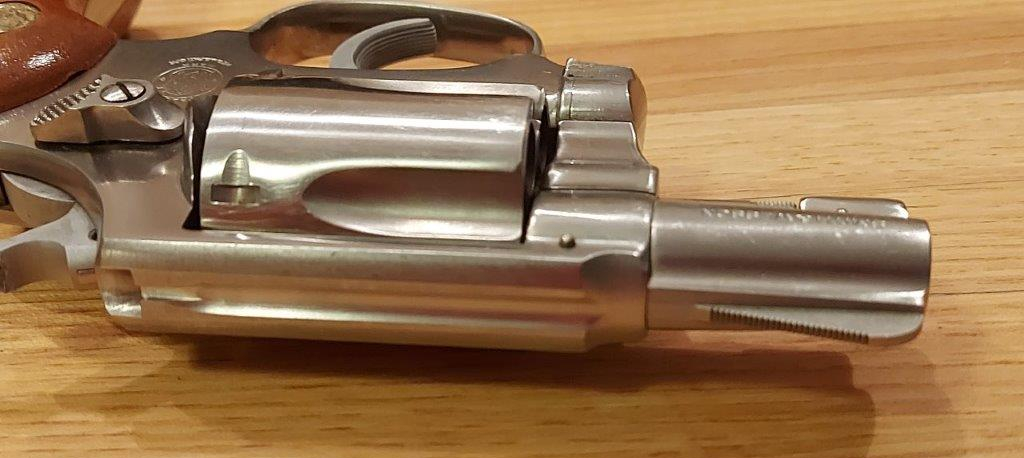
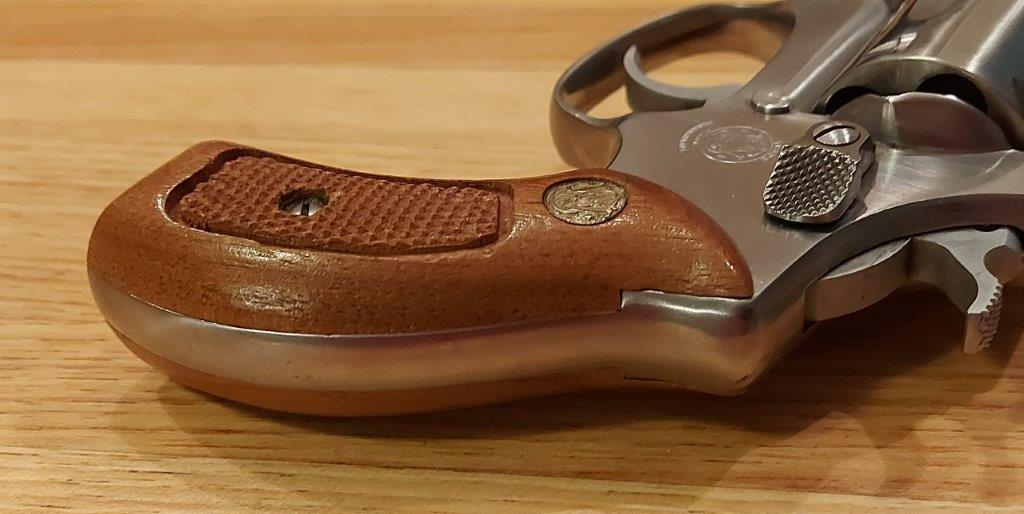
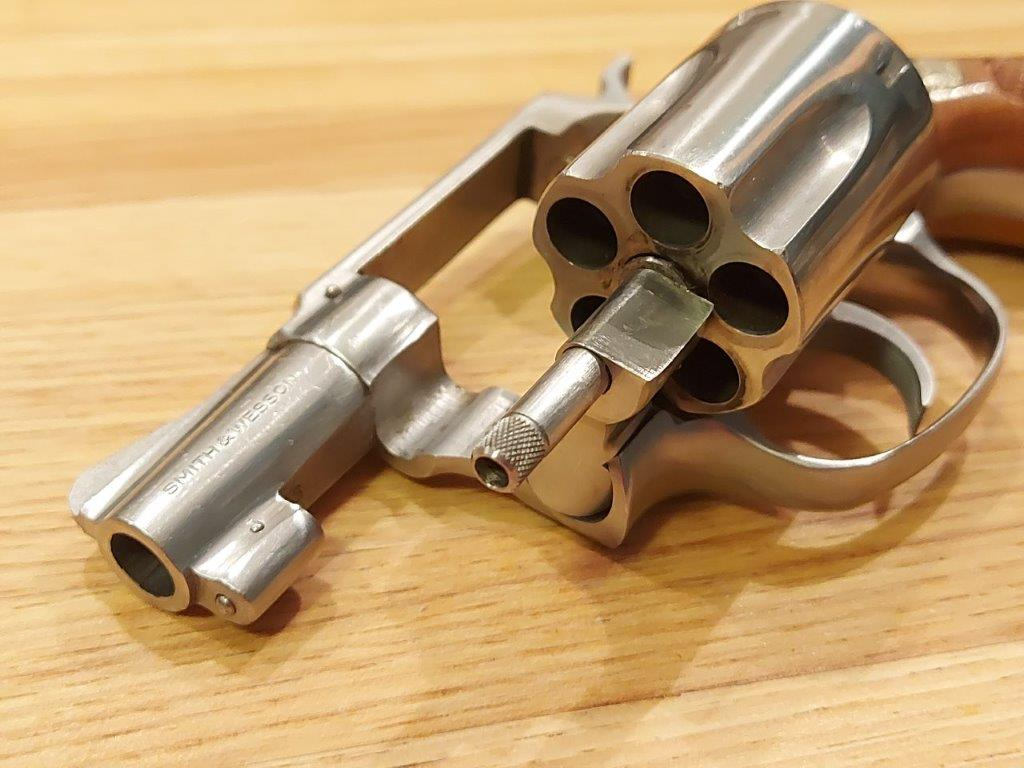
Now I am very lucky to own one of these fine pistols and am very pleased about it handles itself. Seeing that I expected a really fire breathing monster that would kick harder than my S&W 44 Magnum.
But instead I got a very easy for me to shoot pistol that kept things in the back at 25 feet. (Anything beyond that is really asking too much of me & my gun by the way. Hey I’m OLD so cut me some slack!) Grumpy
YouTube/FPSRussia
Militaries around the world are creating and testing futuristic guns that are like something you would see in a James Bond movie.
From rifles that can shoot underwater to guns that require a fingerprint to fire, here are some of the most sophisticated weapons being developed right now.
Categories
Ask a Warthog Pilot!

